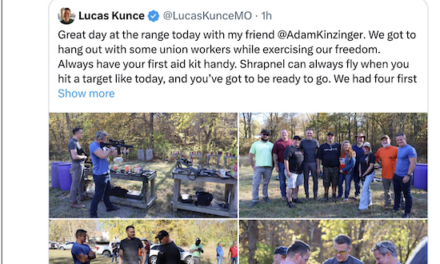We support our Publishers and Content Creators. You can view this story on their website by CLICKING HERE.
Everett Dirksen, the Republican Senate leader back in the 1960s, is famous for saying, “A billion here and a billion there and pretty soon you’re talking about real money. . .”
That was in the days before multi-trillion dollar deficits. A billion dollars is hardly a rounding error in a federal program these days, and $1 billion is usually considered the entry fee for any proposed new program. A program that only costs $750 million is almost an insult at this point.
And Dirksen also never could have anticipated the utility of high speed-rail spending. If he was alive today, he’d likely modify his statement as follows: “A hundred billion here, a hundred billion there, and maybe someday you’ll have a high-speed rail line in California.”
To no one’s surprise, this is in the “news” this week:
As the state faces economic headwinds, California’s mega high-speed rail project between San Francisco to Los Angeles also faces major funding hurdles, the project’s CEO Brian Kelly told state lawmakers Tuesday.
Kelly testified in front of the State Senate’s Transportation Committee on the High-Speed Rail Authority’s updated draft business plan. In Tuesday’s hearing, Kelly told lawmakers the project has $28 billion dollars on hand, but noted it was still a few billion dollars short to complete the Central Valley segment between Merced and Bakersfield. Depending on how long the segment takes to finish, it could cost between $32 Billion to $35 Billion. Kelly said the project is hoping to fill the gap with federal funds. That segment of the project is expected to be fully operational between 2030 and 2033, Kelly said.
Project leaders estimate it will still need an additional $100 billion to finish what voters were originally pitched in 2008: a bullet train that runs between San Francisco and Los Angeles. A timeline on its completion has not been set as the authority waits for environmental clearances for those segments.
Bold emphasis added. Because everyone knows federal money is free, or grows on trees or something. But with a state deficit now likely to be over $70 billion this year, there’s little chance California can pay for the completion of the rail line itself. And there’s no timeline set because everyone with a brain understand the high speed rail line will never be fully completed. The “environmental clearances” make that certain.

 Conservative
Conservative  Search
Search Trending
Trending Current News
Current News 





